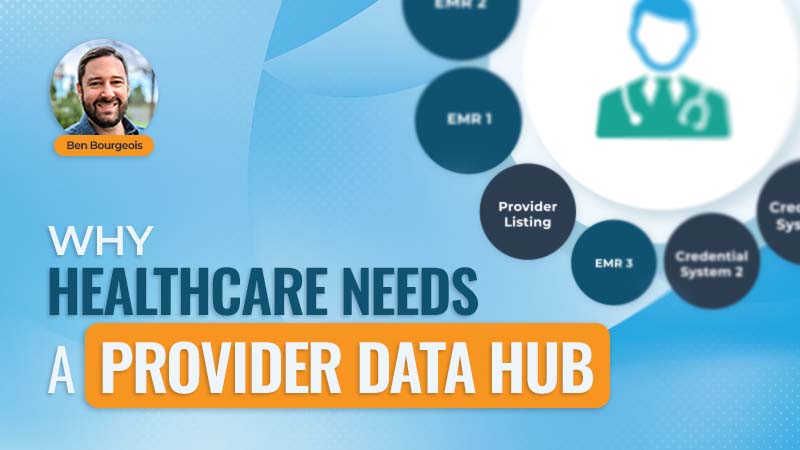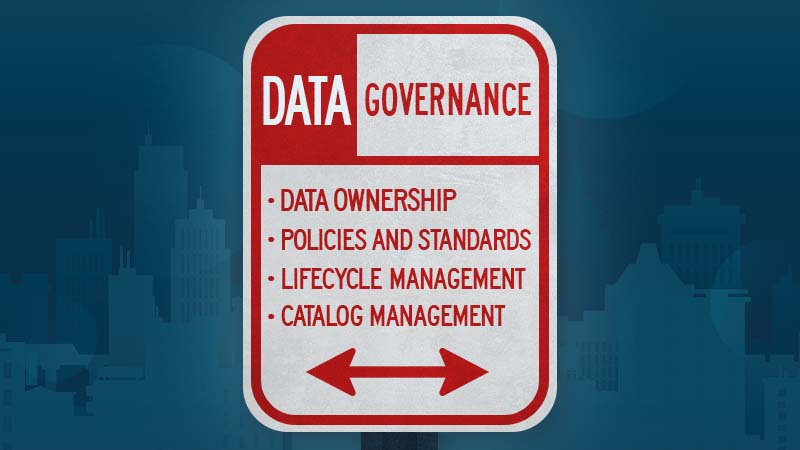In this three-part blog series, we dive into each component of the Definitive Guide to MDM Strategy. See the individual parts below:
6 key pillars for a successful MDM implementation:
Process
Next comes process, as nothing happens in a vacuum. Implementing a MDM program will impact the organization, and process can help manage that impact.
Depending on the scope of your MDM program and how your business currently operates, you might only need to make fairly minor changes to your existing processes (such as how data gets created and maintained) or you might require a complete overhaul. It is the governance body’s job to scope your current processes to determine whether or not you can keep what you already have in place, determine what changes you need and to ensure those changes get put in place.
Why is Process Important?
Process is important because it allows you to elevate the role and value of data across the organization.
It does so by shedding light on how data gets created and used, that way your stakeholders can make informed decisions about the best way to manage it. As your stakeholders make decisions, it’s also important to document the official processes for doing so, that way you can keep everyone on the same page.
What is the Objective of Process?
Overall, process helps understand what data exists and how it gets handled. It puts checks and balances in place so that stakeholders (be they data stewards, data aggregators, subject matter experts or anyone else) can make sure data gets managed correctly, identify what’s working and what’s not and look for opportunities to optimize data.
There is no right or wrong when it comes to process, as the processes you need will differ dramatically based on your industry and the business problem you’re trying to solve. For instance, an organization working toward GDPR compliance will introduce much different processes for managing customer data than will an organization attempting to improve cross-selling.

Eric Melcher
Eric has spent the entirety of his 15+ year career working in the enterprise information management space. As Chief Technology Officer, Eric is responsible for all aspects of product management, development and support for Profisee’s software portfolio.











